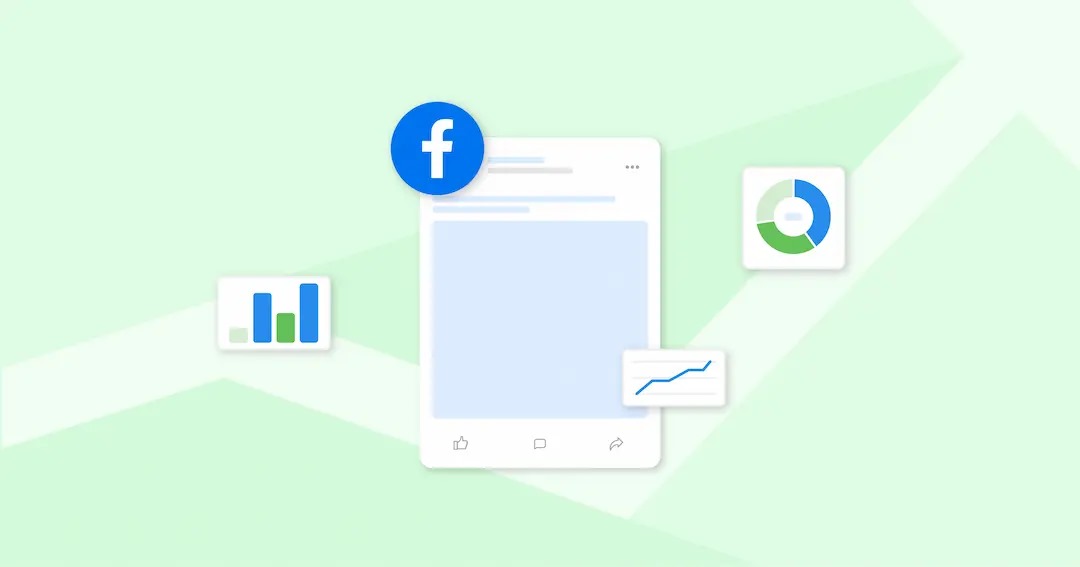Running a successful eCommerce store in today’s digital landscape requires more than just a great product and website. In fact, one of the most critical factors in growing your online business is understanding how visitors are interacting with your store. Without proper insights into your users’ behavior, you’re essentially running blind—and that’s where DataLayer implementation comes in.
If you’ve been struggling to make sense of your marketing data or have had trouble measuring the effectiveness of your campaigns, implementing a DataLayer could be the solution you need. In this post, we’ll break down what DataLayer is, why it’s so important for eCommerce stores, and how it can transform your analytics efforts.

What is DataLayer?
Let’s start with the basics: what exactly is a DataLayer?
In simple terms, a DataLayer is a structured container that holds important information about your website’s users and their actions. It’s a tool that collects and stores data that can be sent to different analytics and marketing tools, like Google Analytics, Facebook Pixel, or Google Tag Manager. This allows you to track specific user behaviour (like viewing a product or completing a purchase) and measure the performance of your marketing efforts in real time.
Imagine it like a virtual clipboard where your website’s most important data is stored – data that tells you exactly what’s happening on your site, how users are interacting with it, and where adjustments might be needed to improve performance.

Why is DataLayer Important for E-commerce Stores?
As an eCommerce store owner, it’s essential to track how users are engaging with your products and website. This data forms the foundation of your marketing strategy, helping you understand customer behaviour and improve the customer experience. Here’s why DataLayer implementation is a must for your online store:
1. Accurate Tracking of E-commerce Events
One of the biggest challenges in eCommerce is tracking user interactions across multiple touchpoints. For example, tracking the path a customer takes from viewing a product to adding it to their cart, then making a purchase. Without accurate tracking, you might miss out on valuable data, such as whether a visitor abandoned their cart or how long they spent on a specific product page.
A DataLayer enables you to track these eCommerce events (like product views, add-to-cart actions, and purchases) with much greater precision. By sending this data to your analytics and marketing tools, you get a clear picture of your customers actions and can make informed decisions about where to improve your sales funnel.

2. Enhanced Tracking of Customer Behaviour
When you’re tracking customer behaviour on your eCommerce website, you want to go beyond just knowing how many people visit your site. You need to understand why they’re visiting, how they’re interacting, and what drives them to make a purchase or leave the site without buying.
A DataLayer collects and stores detailed customer behavior data, such as:
– What products are viewed most frequently?
– Which products are added to the cart but never purchased?
– How many users are completing the checkout process?
– Which marketing campaigns are most effective?
With this granular data, you can make adjustments to your website or marketing strategy to increase conversions and sales.
3. Accurate Measurement of Marketing ROI
As a business owner, it’s crucial to know where your marketing dollars are going and whether your campaigns are delivering the desired results. Without accurate tracking, it’s difficult to measure the return on investment (ROI) of your advertising campaigns.
By implementing a DataLayer, you can send event data to platforms like Google Ads, Facebook, or Google Analytics to track how well your campaigns are performing. For example, you can track how many sales came directly from a Facebook ad, how much revenue was generated from a specific keyword, or how effective your retargeting efforts are. This way, you can identify which campaigns are worth continuing and which ones need to be optimized.
4. Better Segmentation and Personalization
Personalization is key to converting website visitors into paying customers. With DataLayer, you can track detailed information about your customers’ actions and behaviors, allowing you to segment them into specific groups. For example, you might segment customers who viewed certain product categories, those who added items to their cart but didn’t check out, or even those who have purchased in the past.
Once you have these customer segments, you can use this data to deliver personalized offers, content, and ads. For example, if someone added a product to their cart but didn’t check out, you can send them a reminder email or display a targeted ad to encourage them to complete the purchase.
5. Real-Time Data Collection for Quick Decision-Making
The eCommerce landscape is constantly changing. Your customers’ needs, behaviors, and preferences are evolving, and you need to adapt quickly. With DataLayer, you can collect real-time data on user interactions, enabling you to make decisions faster and more effectively.
For example, if you notice that a product page has a high bounce rate, you can quickly tweak the page’s design or messaging to improve user engagement. Or, if a specific ad campaign is driving a lot of traffic but not many conversions, you can adjust the targeting, creative, or offer in real-time to optimize performance.
6. Integration with Third-Party Tools
One of the best things about a DataLayer is that it integrates seamlessly with a variety of third-party tools, such as Google Tag Manager, Google Analytics, Facebook Pixel, and more. This means that you don’t need to manually update your website every time you want to track a new event or piece of data. Once the DataLayer is implemented, you can easily connect your website to various tools and start tracking without touching any code.
For instance, you can use Google Tag Manager to fire specific tags based on actions captured in your DataLayer, like when a user clicks on a product or reaches the checkout page. This integration allows for a much smoother and more streamlined process for tracking user behavior across different marketing platforms.
7. Improved Website Performance
A DataLayer also helps with website performance by reducing the amount of redundant or unnecessary code on your site. Since all the tracking data is stored in a centralized place (the DataLayer ), you don’t need to embed individual tracking scripts all over your pages. This reduces clutter and can improve your site’s loading time, which is crucial for user experience and SEO.
How to Implement a DataLayer on Your E-commerce Store
Now that you know why DataLayer is essential for your eCommerce store, you might be wondering how to implement it. While setting up a DataLayer can require some technical expertise, it’s well worth the effort. Here’s a simplified overview of the process:
- Define the Data You Want to Track: Start by identifying the specific user interactions and behaviors you want to track. This could include events like product views, add-to-cart actions, purchases, or checkout completions.
- Set Up Google Tag Manager (GTM): Google Tag Manager is a powerful tool that allows you to manage all of your tracking tags in one place. Once GTM is set up, you can connect it to your DataLayer and start sending events to your analytics platforms.
- Create and Configure Tags in GTM: Tags are snippets of code that send data to platforms like Google Analytics and Facebook Pixel. Use GTM to create tags that correspond to the events you’ve defined in your DataLayer.
- Test Your Setup: After implementing the DataLayer and configuring your tags, be sure to test everything to ensure that data is being sent correctly. Use GTM’s preview mode to verify that events are firing as expected.
- Monitor and Optimize: Once everything is set up, monitor your data regularly to ensure accuracy. Continuously optimize your tracking setup as your website and marketing campaigns evolve.
Final Thoughts
Implementing a DataLayer in your eCommerce store is one of the smartest decisions you can make to improve your analytics and marketing performance. By tracking user behavior more accurately, measuring your marketing ROI, and offering personalized experiences, you can unlock valuable insights that will help grow your business.
If you’re feeling overwhelmed by the idea of implementing DataLayer, don’t worry! At TagGenAI, we specialize in setting up and optimizing DataLayer implementations for eCommerce businesses. Our team can ensure that you’re collecting the right data and using it to make informed decisions that drive results.





